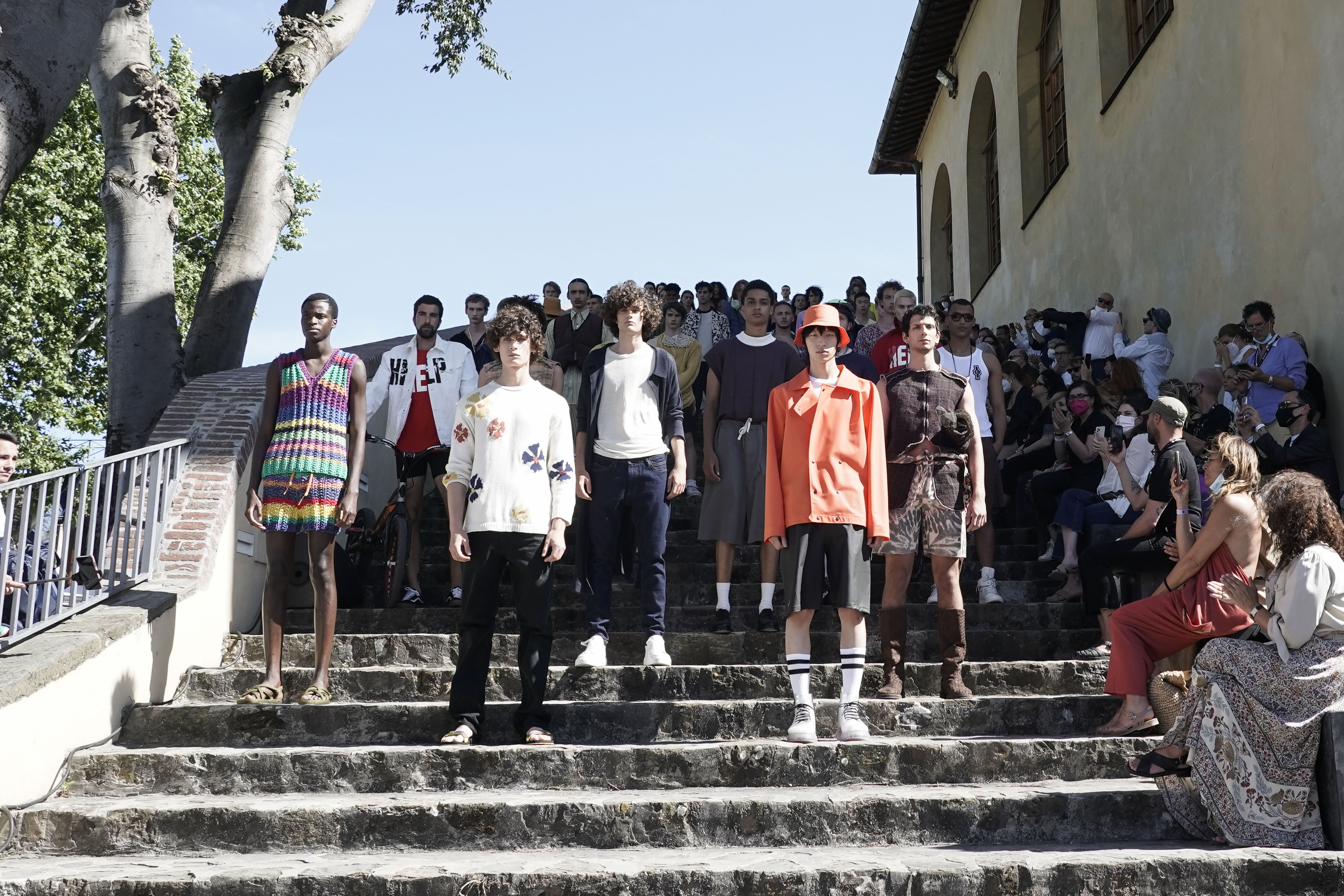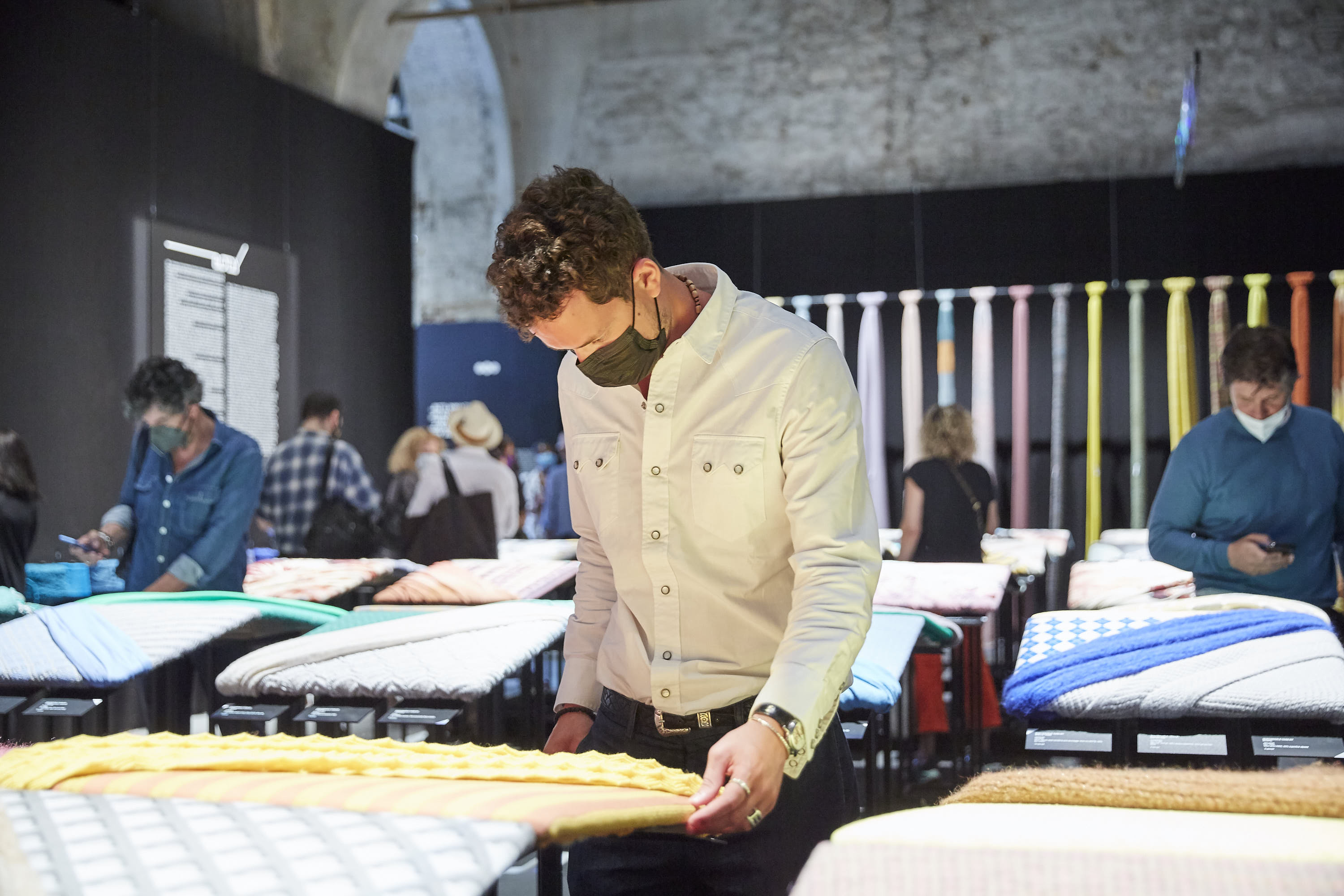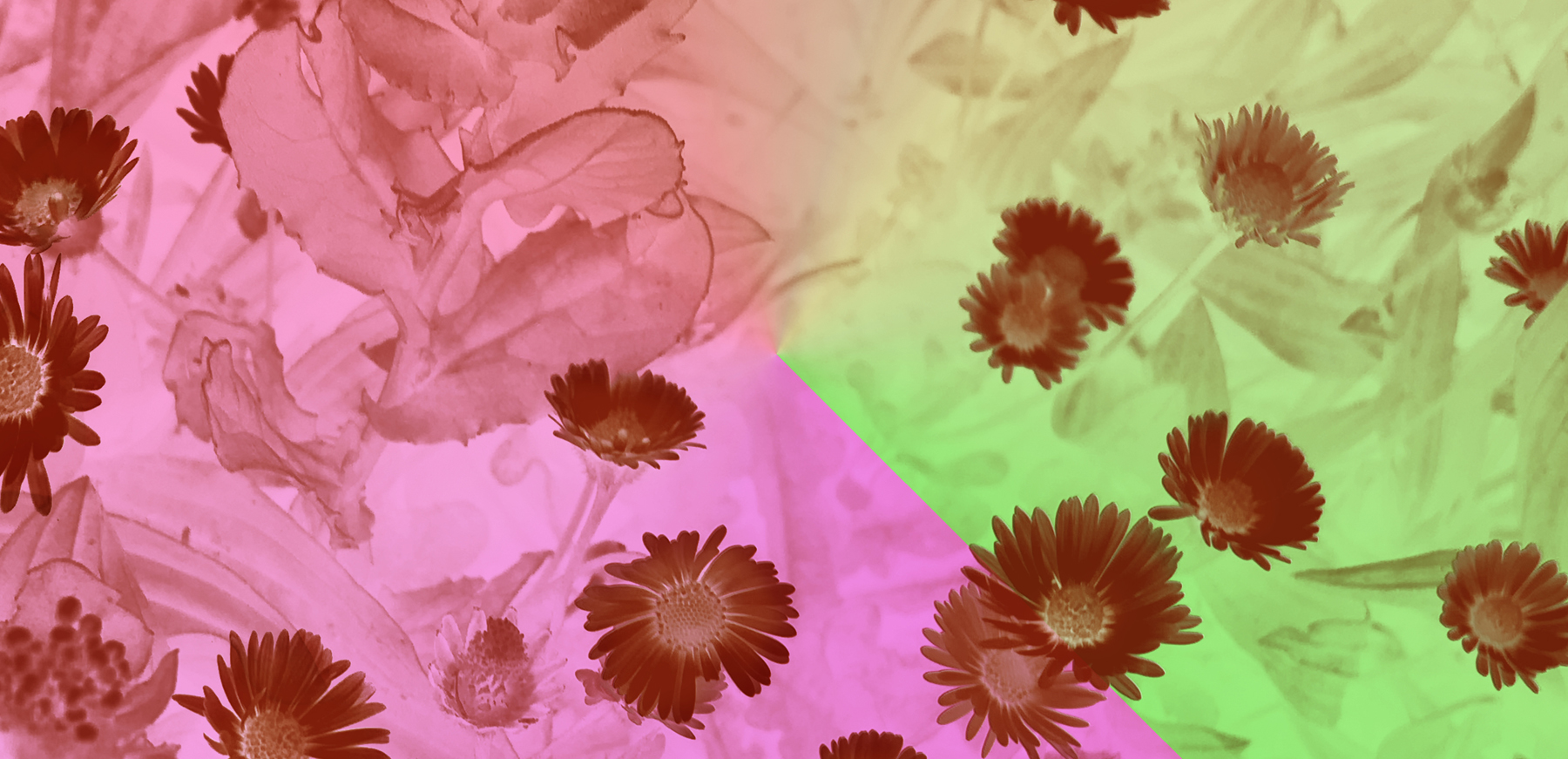Il centro di Firenze
per la Moda Italiana
The Centro di Firenze per la Moda Italiana is a not-for-profit association established in 1954 for the purpose of promoting and internationalizing the Italian fashion system.
The Centro Moda draws up the general fair and promotional policy guidelines for Pitti Immagine (of which it owns 85%), for Ente Moda Italia (of which it owns 50%), a company active in the field of foreign trade fairs. The other reference partner in these holdings is the Sistema Moda Italia.
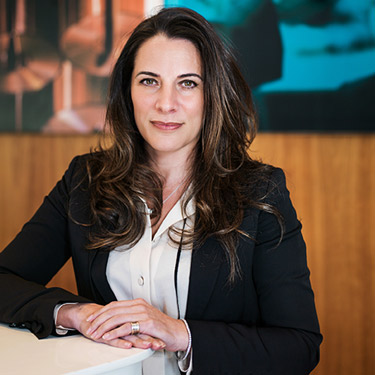 The president Antonella Mansi
The president Antonella Mansi
Mission
The Gruppo Centro Moda promotes advanced balance between the fashion industry which is one of Italy’s leading points of excellence, quality of life and urban and regional resources through innovative, business and cultural events of international scope which reflect the group’s planning and strategic abilities and its skillful management.
Vision
The Gruppo Centro Moda plans on establishing itself as the international reference agency for fairs and promotional events for the entire Italian fashion system. It also plans on expanding its influence to other industries and contexts that embody our country’s design and manufacturing excellence, all the while maintaining an international breadth and innovative approach.
“The history of Italian Fashion began in the early 1950s thanks to an idea nurtured by Giovan Battista Giorgini. ”
-
1951, 12 February
Giovan Battista Giorgini, who worked as a buying agent for the major American stores, invited some of his most important clients (B. Altman, Bergdorf Goodman, I. Magnin, Morgan) to attend the first showing of Italian High Fashions featuring 10 high fashion couturiers (Antonelli, Carosa, Fabiani, Marucelli, Noberasco, Schubert, Simonetta, Sorelle Fontana, Vanna, Veneziani) and four boutiques (Emilio Pucci, Baronessa Gallotti, Avolio and Bertoli). The show was held in the eighteenth century salon of his home on Via dei Serragli. Only the leading members of the trade press were invited to this first showing.
-
1951, 1 July
After the huge and unexpected success of the February show, foreign buyers and Italian journalists were invited to attend the first “official” show in the ballrooms of the Grand Hotel. The project’s prestige continued to grow with each subsequent edition.
-
1952, 1 January
The City of Florence opened the Sala Bianca in Palazzo Pitti. Each season, in January and July, the catwalk in Palazzo Pitti was enriched with new names, and the Boutique section acquired more and more importance alongside of the High Fashion section.
-
1954, 1 January
In seguito al crescente successo delle iniziative legate alla moda, si costituisce l'associazione Centro di Firenze per la Moda Italiana. Il Centro Moda cura la presentazione delle collezioni a Palazzo Pitti.
-
1955, 1 January
Lo spazio di Palazzo Pitti diventa insufficiente per ospitare i clienti che arrivano sempre più numerosi e, pur mantenendo le sfilate in Sala Bianca, il Centro Moda decide di presentare le collezioni a Palazzo Strozzi. Le manifestazioni di Alta Moda e Boutique continuano regolarmente fino al 1965.
-
1955
In 1963 some of the High Fashion houses began showing their collections in Rome and by 1966 most had move there. At the same time, due to changing habits and trends that influence the world of fashion, ready-to-wear, or prêt-à-porter fashions, that is small collections of High Fashion apparel at lower prices began to make headway. Quite early on, the Centro Moda understood the importance and potential of this trend and began organizing events featuring ready-to-wear and knitwear fashions.
-
1966
In 1963 some of the High Fashion houses began showing their collections in Rome and by 1966 most had move there. At the same time, due to changing habits and trends that influence the world of fashion, ready-to-wear, or prêt-à-porter fashions, that is small collections of High Fashion apparel at lower prices began to make headway. Quite early on, the Centro Moda understood the importance and potential of this trend and began organizing events featuring ready-to-wear and knitwear fashions.
-
1967
Following an agreement with the Camera Nazionale della Moda Italiana di Roma, the Centro Moda continued to present the Boutique and High Fashion Knitwear collections, while the High Fashion couture collections were held in Rome at the designers’ ateliers.
-
1968
MAIT, Mostra Campionaria della Maglieria, the first show ever dedicated entirely to knitwear was held this year and became an annual event targeting American market.
-
1969
Now came the men’s prêt-à-porter that was shown together with the women’s “prêt”, boutique and high fashion knitwear collections. The participating designers were: Tommy Caraceni, Emilio Pucci by Zegna, Bazzarini, Nativo, Siviglia, Valentini, Datti, Rosati, Baratta, Litrico, Ken Scott, and Barbaro.
-
1972
Nasce il Pitti Uomo, una rassegna di abbigliamento e accessori maschili. Nato essenzialmente per il mercato interno, questa manifestazione raggiunge in pochi anni un prestigio tale da essere considerata una delle manifestazioni del settore più importanti del mondo. Pitti Uomo diventa un punto di riferimento qualificato e completo per il mercato dell'abbigliamento maschile. Pitti Uomo viene ospitato inizialmente all'Hotel Villa Medici, poi a Palazzo Strozzi, al Grand Hotel, all'Hotel Majestic, al Palazzo degli Affari ed infine, dalla seconda metà del 1983, alla Fortezza da Basso. A partire dal febbraio 1973 si sono tenute, collateralmente al Pitti Uomo, sfilate e eventi culturali.
-
1975
In seguito ad una decisione dell'Azienda Autonoma di Turismo, Palazzo Strozzi viene adibito esclusivamente a mostre di carattere artistico-culturale; il Pitti Donna si trasferisce quindi in altre sedi espositive. Dopo sistemazioni provvisorie in vari alberghi, il problema viene risolto con l'inaugurazione del Palazzo degli Affari. Tuttavia anche quest'area risulta insufficiente per la manifestazione, tanto che il Centro Moda continuerà a servirsi dell'Hotel Baglioni e del Palazzo dei Congressi; dal 1978 si potrà usufruire anche del padiglione della Fortezza da Basso.
-
1975 September
Viene organizzato il primo Pitti Bimbo: la rassegna di abbigliamento ed accessori per l'infanzia che ha luogo due volte l'anno, in gennaio e in luglio.
-
1977
Una nuova manifestazione si aggiunge alle rassegne fiorentine, il Pitti Filati: una rassegna di filati italiani e fibre per maglieria. Con questa mostra, alla quale partecipano le aziende italiane leader del settore, il Centro Moda intende offrire un servizio di consulenza e di coordinamento ai produttori di maglieria e agli stilisti. La manifestazione ha luogo due volte l'anno, in febbraio e in settembre. La sede espositiva delle prime cinque edizioni è il Palazzo degli Affari; in seguito la manifestazione viene trasferita alla Fortezza da Basso.
-
1978 January
The first edition of PITTI CASUAL a show dedicated to casual clothing, jeans and leisurewear was held in January 1978, and became a twice-yearly event (January and September). The Centro Moda deserves full credit for its ability to anticipate trends. With the boom in informal clothing this new event was an immediate success. The venue for PITTI CASUAL was the newly developed fair facility at the Fortezza da Basso. Now, PITTI DONNA too had a “home” worthy of its importance and was able to overcome significant logistic and organization problems.
-
1978 September
The next addition to the family was PITTI CASA, the show featuring linens for the table, bedroom, bath and kitchen and it quickly became the reference point for the entire industry. Once again the Centro Moda revealed its sensitivity and ability to understand new needs and propose a showcase for Italian creativity – and to adjust to the changes in home living concepts that led to famous designers creating linen collections for major manufacturers. The event is held in January of each year.
-
1980
Essential changes in market demand for knitwear led to the creation of PITTI MAGLIA devoted to Italian knitwear, that took the place of MAIT and was held twice a year.
-
1982
In order to keep pace with the international fashion-textile trends, the dates for PITTI DONNA were moved up and the event was combined into one with PITTI MAGLIA.
-
1983 January
This year marked the establishment of the Ente Moda Italia srl the company that organizes Uomo Italia and Moda Bimbo.
-
1983 Dicember
The Centro Moda decided to establish a dedicated company to organize the PITTI shows: the Centro Moda Firenze srl. While the Centro oppure ENTE continued to plan the various events and decide general policy, the new company took over the operational, logistic aspects
-
1984 February
Due to changing market conditions, the last edition of PITTI CASUAL was held in September.
-
1984 September
The advent of PITTI TREND, the new event focusing on the avant-garde and innovative fashions. Now it became the time for publishing and the creation of EDIFIR - Società Editoriale Firenze srl (vedere sotto) - that produces and markets books ("Gli Anglofiorentini - una storia d'amore" edited by = a cura di , mentre “by” = scritto da Oreste Del Buono, Gherardo Frassa and Luigi Settembrini), magazines ("Sintesi Moda", "Westuff", etc...) and fashion-related publications (such as the PITTI fair catalogues).
-
1985 March
The advent of PITTI TREND, the new event focusing on the avant-garde and innovative fashions. Now it became the time for publishing and the creation of EDIFIR - Società Editoriale Firenze srl (vedere sotto) - that produces and markets books ("Gli Anglofiorentini - una storia d'amore" edited by = a cura di , mentre “by” = scritto da Oreste Del Buono, Gherardo Frassa and Luigi Settembrini), magazines ("Sintesi Moda", "Westuff", etc...) and fashion-related publications (such as the PITTI fair catalogues).
-
1985 March
The advent of PITTI TREND, the new event focusing on the avant-garde and innovative fashions. Now it became the time for publishing and the creation of EDIFIR - Società Editoriale Firenze srl (vedere sotto) - that produces and markets books ("Gli Anglofiorentini - una storia d'amore" edited by = a cura di , mentre “by” = scritto da Oreste Del Buono, Gherardo Frassa and Luigi Settembrini), magazines ("Sintesi Moda", "Westuff", etc...) and fashion-related publications (such as the PITTI fair catalogues).
-
1988
Il Centro Moda Firenze srl cambia denominazione in Pitti Immagine srl
-
1994
As equal partners, each holding a 50% stake, EMI and IGEDO established Europe Selection srl. The new company’s purpose was to promote European fashions in non-European Union countries.
-
1996
The first edition of the “Biennale di Firenze” enjoyed a huge critical success, was widely attended and achieved excellent, local, national and international media results, but revealed a lack of sustainability in relation to the area
-
1998
Although the second edition of the Biennale di Firenze received media attention, it did not solve the problems raised by the first edition.
-
2000
During the past decade the Centro Moda significantly increased its business and membership (the newest “arrivals are the Associazione Cotoniera, the Associazione Industriali of Vicenza and the Confesercenti of Florence). The Centro Moda has evolved from a mainly local organization into one of the most significant actors on the entire Italian textile-clothing scenario. It brings together local institutions, industrial districts and the Italian textile-clothing business and manufacturing associations.
-
2001
As equal 50% partners, the Centro Moda and the Sistema Moda Italia established the Associazione Intesa Moda, for the purpose of coordinating their respective promotional and trade-fair endeavors
-
2001
"Moda Pelle by Pitti Immagine" joined the family.
-
2003
La situazione attuale vede la “regia” del Centro Moda impegnata contemporaneamente su cinque diversi scenari: (a) la promozione della moda in Italia attraverso Pitti Immagine; (b) la promozione della moda italiana all'estero tramite E.M.I; (c) il coordinamento delle attività fieristiche con Milano attraverso Intesa Moda; (d) la cultura della moda attraverso la Fondazione Pitti Immagine Discovery; (e) la formazione attraverso il Polimoda.
The Gruppo Centro di Firenze per la Moda Italiana became the leader of the group and all its directly or indirectly owned companies and organizations:
Pitti Immagine, Ente Moda Italia, Intesa Moda, Fondazione Pitti Immagine Discovery, Stazione Leopolda e Polimoda
Significant Shareholdings
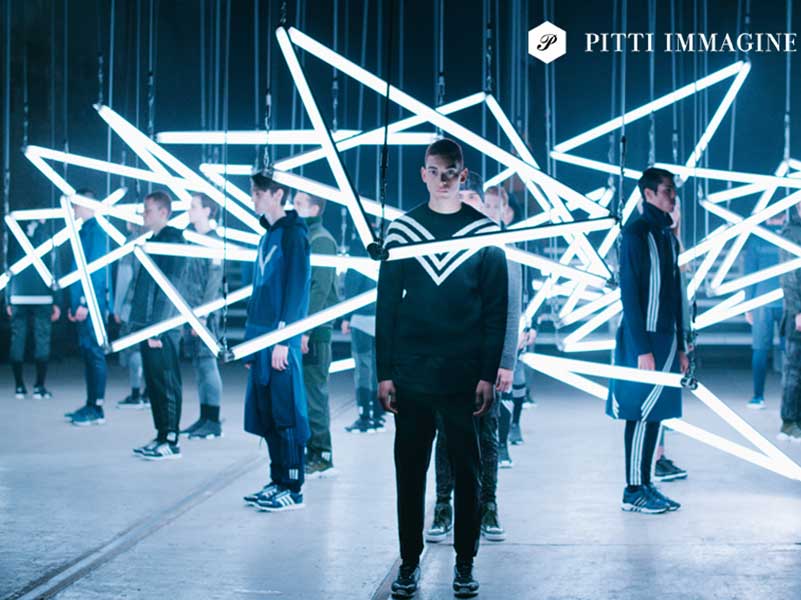
Pitti Immagine
Pitti Immagine è un’impresa italiana che opera ai massimi livelli internazionali nella promozione dell'industria e del design della moda, attività che di recente si è estesa anche ai settori dell’enogastronomia e dei profumi. Organizza alcune tra le manifestazioni fieristiche più importanti del mondo, eventi di comunicazione e iniziative culturali riferiti al sistema-impresa come espressione estetica ed evoluzione globale del gusto. E' composta da persone motivate e dedicate al proprio lavoro, che condividono un'idea moderna di fiera commerciale: progetto che si rinnova costantemente e che costruisce chiare e stimolanti relazioni tra le proposte e i prodotti delle aziende, le necessità di informazione, conoscenza ed esperienza della distribuzione e del pubblico.
Visit Website
Ente Moda Italia
Ente Moda Italia (EMI): established in 1983 by the Centro Moda and the Sistema Moda Italia, promotes, disseminates and valorizes Made in Italy abroad by coordinating and organizing Italian manufacturers’ participation in the world’s major clothing fairs.
Visit Website
Polimoda
Is the Istituto internazionale di fashion design & marketing – founded by the Centro Moda and headquartered in Florence. This is a highly strategic investment as it targets the goal of “contributing to the growth of training and developing human resources, research and support services for the companies active in the fashion system”.
Discover the map of Italian fashion schools Visit WebsitePresident
- Antonella Mansi
Membership
- Città Metropolitana di Firenze
- Associazione Industriali di Vicenza
- Associazione Industriali di Firenze
- C.C.I.A.A. di Firenze
- C.C.I.A.A. di Prato
- Comune di Firenze
- Comune di Prato
- C.N.A. Firenze
- Confcommercio Firenze
- Confesercenti Firenze
- Regione Toscana
- Sistema Moda Italia
- Unione Industriale Biellese
- Confindustria Toscana Nord Lucca, Prato e Pistoia
Board of Directors
- Giuseppe Angiolini
- Luisa Benigno
- Elena Calabria
- Andrea Cavicchi
- Marcello Gozzi
- Leonardo Lascialfari
- Luigi Salvadori
- Brunella Tarli
- Sergio Tamborini
Board of Statutory Auditors
- Roberto Vanni - Presidente
- Laura Benedetto
- Giuseppe Cristiani
Supervisory Board
- Laura Benedetto - Presidente
- Giuseppe Cristiani
- Roberto Vanni
General secretary
- Alberto Scaccioni
Soci del CFMI
Organisational structure
Balance
BalanceEthical Code
Ethical CodeModello di organizzazione Gestione e Controllo
Quote associative incassate riferite all'esercizio 2022-2023:
Città Metropolitana di Firenze
importo: 17.000
Associazione Industriali di Vicenza
importo: 1.000
Associazione Industriali di Firenze
importo: 17.000
C.C.I.A.A. di Firenze
importo: 60.000
C.C.I.A.A. di Prato
importo: 60.000
Comune di Firenze
importo: 17.000
Comune di Prato
importo: 17.000
C.N.A. Firenze
importo: 1.000
Confcommercio Firenze
importo: 1.000
Confesercenti Firenze
importo: 1.000
Regione Toscana
importo: 60.000
Sistema Moda Italia
importo: 34.000
Unione Industriale Biellese
importo: 1.000
Confindustria Toscana Nord Lucca, Prato e Pistoia
importo: 17.000
Nel rispetto della L.124/2017, Si evidenzia che nel 2021 nessun altro contributo e/o sovvenzione è stato ricevuto da parte dei soci pubblici del CFMI.
Antonella Mansi
Presidente
Giuseppe Angiolini
Luisa Benigno
Elena Calabria
Andrea Cavicchi
Marcello Gozzi
Leonardo Lascialfari
Luigi Salvadori
Brunella Tarli
Sergio Tamborini
Centro di Firenze
per la moda Italiana
Adress
Via Faenza n.111, 50123 Firenze
Phone
+39 055 36 931
Fax
+39 055 36 93 200
cfmi@cfmi.it
President
Antonella Mansi
presidenza@cfmi.it
General secretary
Alberto Scaccioni
alberto.scaccioni@cfmi.it

